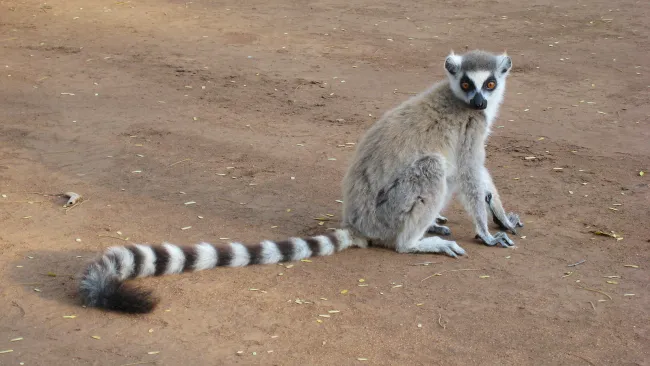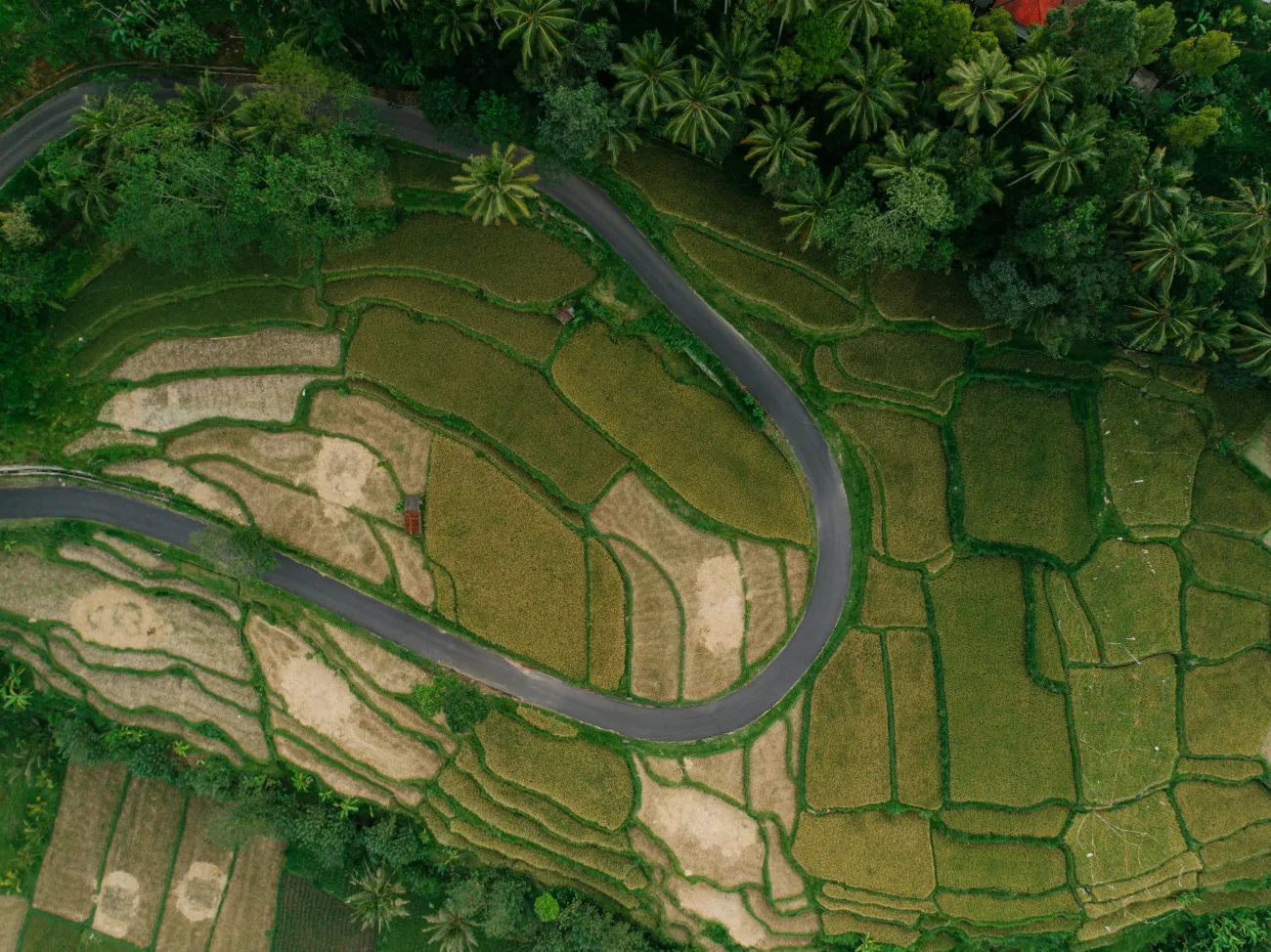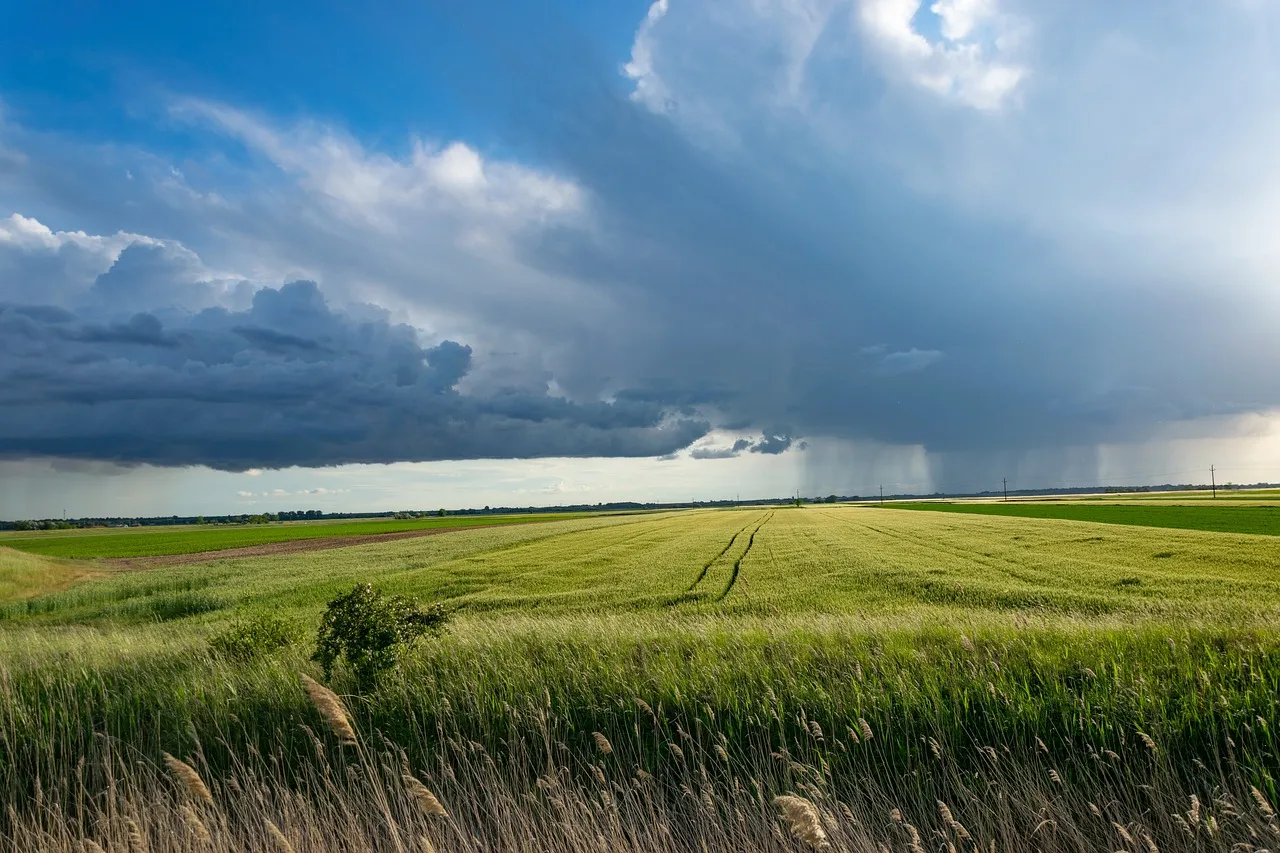This paper searched for areas of land in Africa where palm oil could be cultivated productively with minimal impact on primate populations. The results showed that such areas are rare: the areas that are suitable for growing palm oil also tend to be areas where primates are highly vulnerable.

Only 0.13 MHa of land, mostly in Madagascar, was found to have both high oil palm suitability and low primate vulnerability (for comparison, the total area of the African continent is around 3,037 Mha).
The analysis excluded areas not at all suitable for palm oil cultivation (such as deserts), protected areas, and land where palm oil plantations have already been approved.

Image: Figure 3, Strona et al. The three right-hand categories (in green) show the land area that is rated low for primate vulnerability and having at least minimum suitability for palm oil cultivation.
Abstract
Despite growing awareness about its detrimental effects on tropical biodiversity, land conversion to oil palm continues to increase rapidly as a consequence of global demand, profitability, and the income opportunity it offers to producing countries. Although most industrial oil palm plantations are located in Southeast Asia, it is argued that much of their future expansion will occur in Africa. We assessed how this could affect the continent’s primates by combining information on oil palm suitability and current land use with primate distribution, diversity, and vulnerability. We also quantified the potential impact of large-scale oil palm cultivation on primates in terms of range loss under different expansion scenarios taking into account future demand, oil palm suitability, human accessibility, carbon stock, and primate vulnerability. We found a high overlap between areas of high oil palm suitability and areas of high conservation priority for primates. Overall, we found only a few small areas where oil palm could be cultivated in Africa with a low impact on primates (3.3 Mha, including all areas suitable for oil palm). These results warn that, consistent with the dramatic effects of palm oil cultivation on biodiversity in Southeast Asia, reconciling a large-scale development of oil palm in Africa with primate conservation will be a great challenge.
Reference
Strona, G., Stringer, S.D., Vieilledent, G., Szantoi, Z., Garcia-Ulloa, J. and Wich, S.A., 2018. Small room for compromise between oil palm cultivation and primate conservation in Africa. Proceedings of the National Academy of Sciences, 115(35), pp.8811-8816.
Read the full paper here. See also the Foodsource building block What is land use and land use change?




Comments (0)